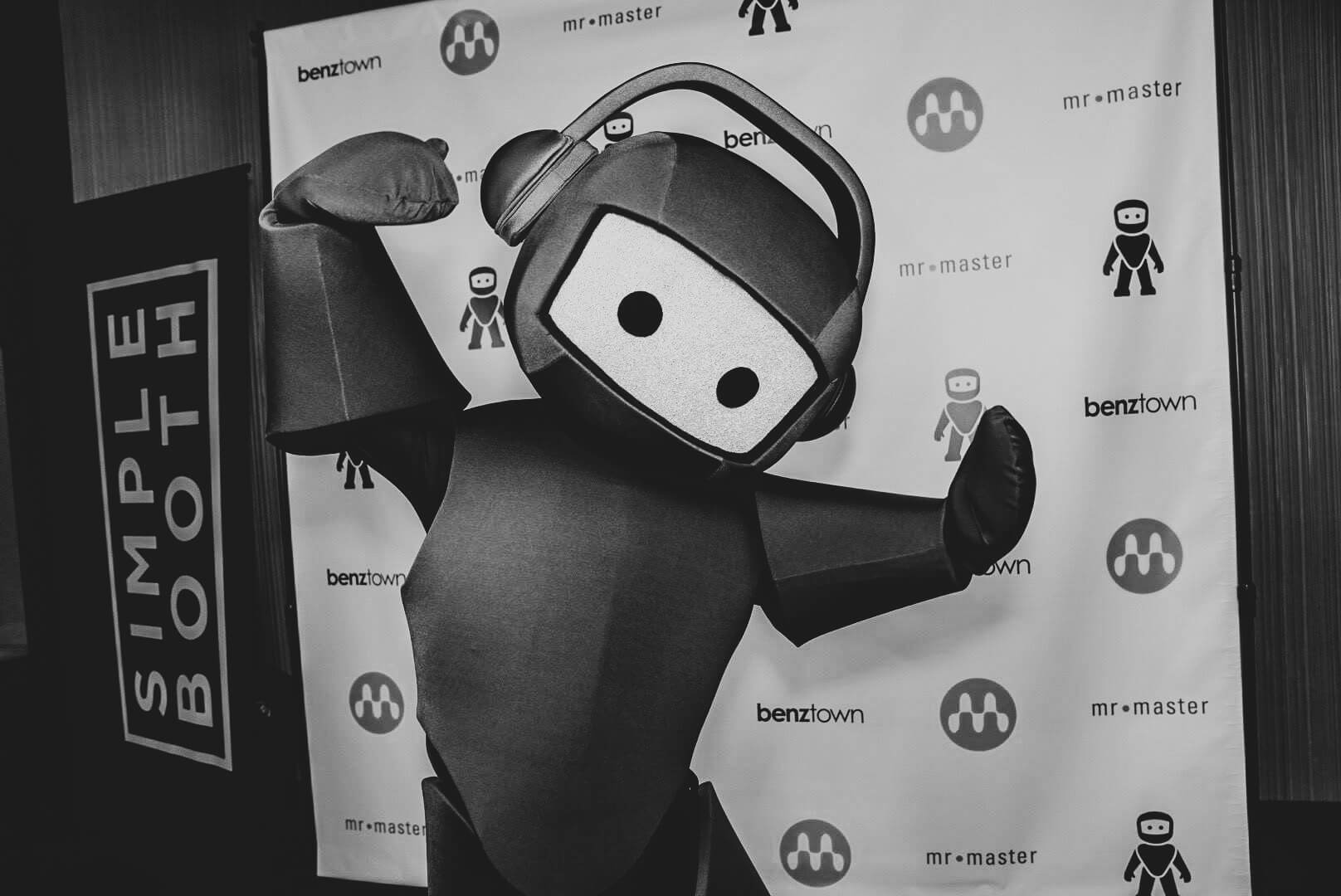Clash of the generations or a 23 year old getting…
The next generation of radio imagers is ready to aim for the stars. Young dudes like Nic Kelly and Dan Hunt have proven that the radio imaging scene is getting more and more input from young and aspiring talents.
Most of them love playing around with hot music, various sound FX and samples. Everything is getting faster and hotter. Niche formats or more adult formats are not getting that much attention from younger folks. Just imagine a Classic Hits imaging director, who is younger than the songs of his format. Sounds like some kind of crazy experiment, but here at Benztown, we introduced Jan, 23 years old to our Classic Radio imaging and he started creating some imaging on its own. Can you believe it? Most of the music was way before his time, but is this an insuperable barrier? – sounds more like a challenge for Jan!
Check out his first steps into Classic Hits imaging and some tips from him.
[soundcloud url=”http://api.soundcloud.com/tracks/95380834″ params=”” width=” 100%” height=”166″ iframe=”true” /]
1. What are your three favorite plugins?
First, I use Pro Tool’s internal EQ 3 7-Band, because of the good sound of its filters. I created some radio filter presets, I often use.
I also like to use Waves’ L2 Maximizer, because it’s easy to use and a great tool to bring songs with different volumes on the same level (which often needs to be done in Classic Hits imaging).
The third one is Waves’ H-Delay, because it’s very easy to use and creates some good sounding tempo synced delays.
2. Do you think it’s different to be much younger than most Classic Hits imaging directors?
I think, the hardest thing for me was not knowing most of the music for this format. I’m everyday on it to learn to know the music and style of the imaging 🙂
3. What are your best tips for everyone starting in radio imaging and production?
Listen to a lot of music and radio imaging from other stations and imaging directors. When you’re starting, try to get close to their sound and then develop your own style after learning the basics.
Most important is to know the music you’re working with, because it’s the most important component of your imaging. That’s why I often start with the music first and add VO, samples, FX and more later.
Thanks to Jan for sharing his audio and experience with us.



;)